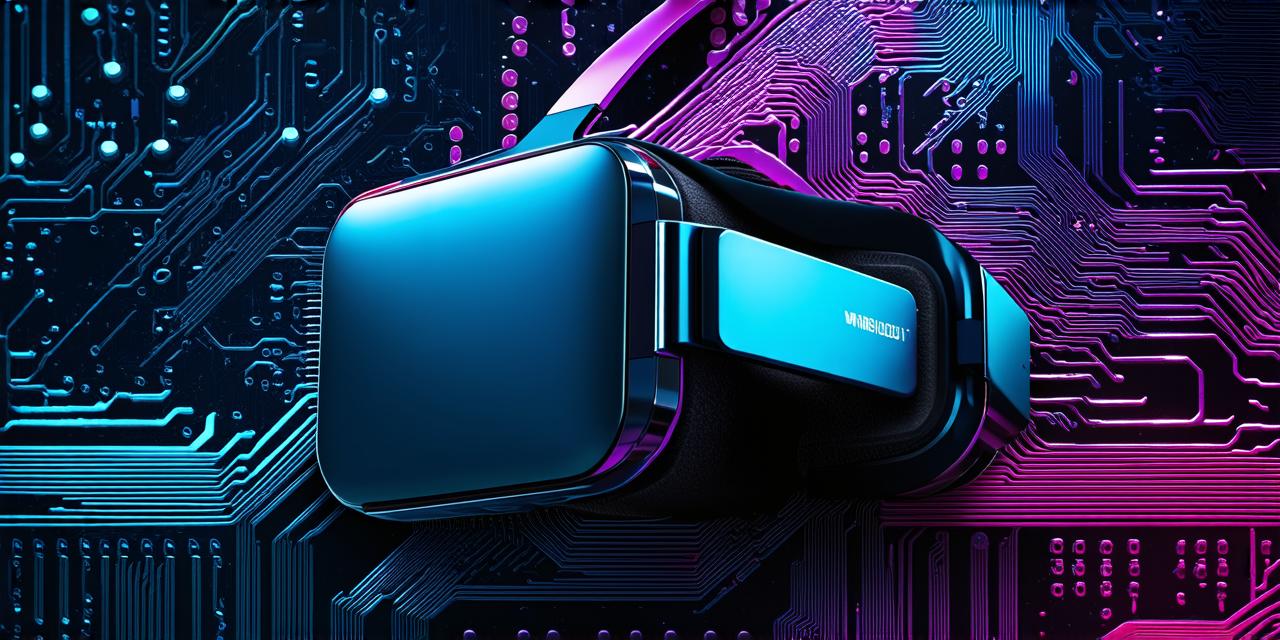Virtual Reality (VR) is a technology that creates immersive experiences for users by simulating a 3D environment. With VR development, you can create interactive applications that allow users to experience and interact with virtual environments in a realistic way.
Hardware Requirements
To create VR applications, you need to have a VR headset, such as Oculus Rift or HTC Vive. The headset provides the user with a virtual environment that they can interact with. Additionally, you will need a computer with enough processing power and graphics capabilities to render the virtual environment in real-time.
Software Development Tools
There are several software development tools available for creating VR applications. Unity is a popular game engine that supports VR development, as well as Unreal Engine. Both engines have built-in support for VR hardware and provide a range of tools for creating immersive experiences.
Best Practices for Creating VR Applications
Here are some best practices for creating VR applications:
- Keep the user in mind: When designing a VR application, it’s important to keep the user experience at the forefront. Consider how the user will interact with the virtual environment and design the application accordingly.
- Optimize performance: VR applications require high processing power and graphics capabilities. It’s important to optimize your application for these requirements to ensure a smooth and seamless user experience.
- Test on multiple devices: VR hardware can vary, so it’s important to test your application on multiple devices to ensure that it works as intended.
- Consider the physical environment: When creating a VR application, consider the physical environment in which it will be used. For example, if users will be using the application in a small space, make sure that the virtual environment is designed to accommodate that.
- Provide clear instructions: Finally, provide clear instructions for using your VR application to ensure that users can quickly and easily understand how to interact with the virtual environment.
Summary
VR development is an exciting field that allows you to create immersive experiences for users. By understanding the hardware requirements, software development tools, and best practices for creating VR applications, you can create engaging and interactive experiences that will captivate your users.
